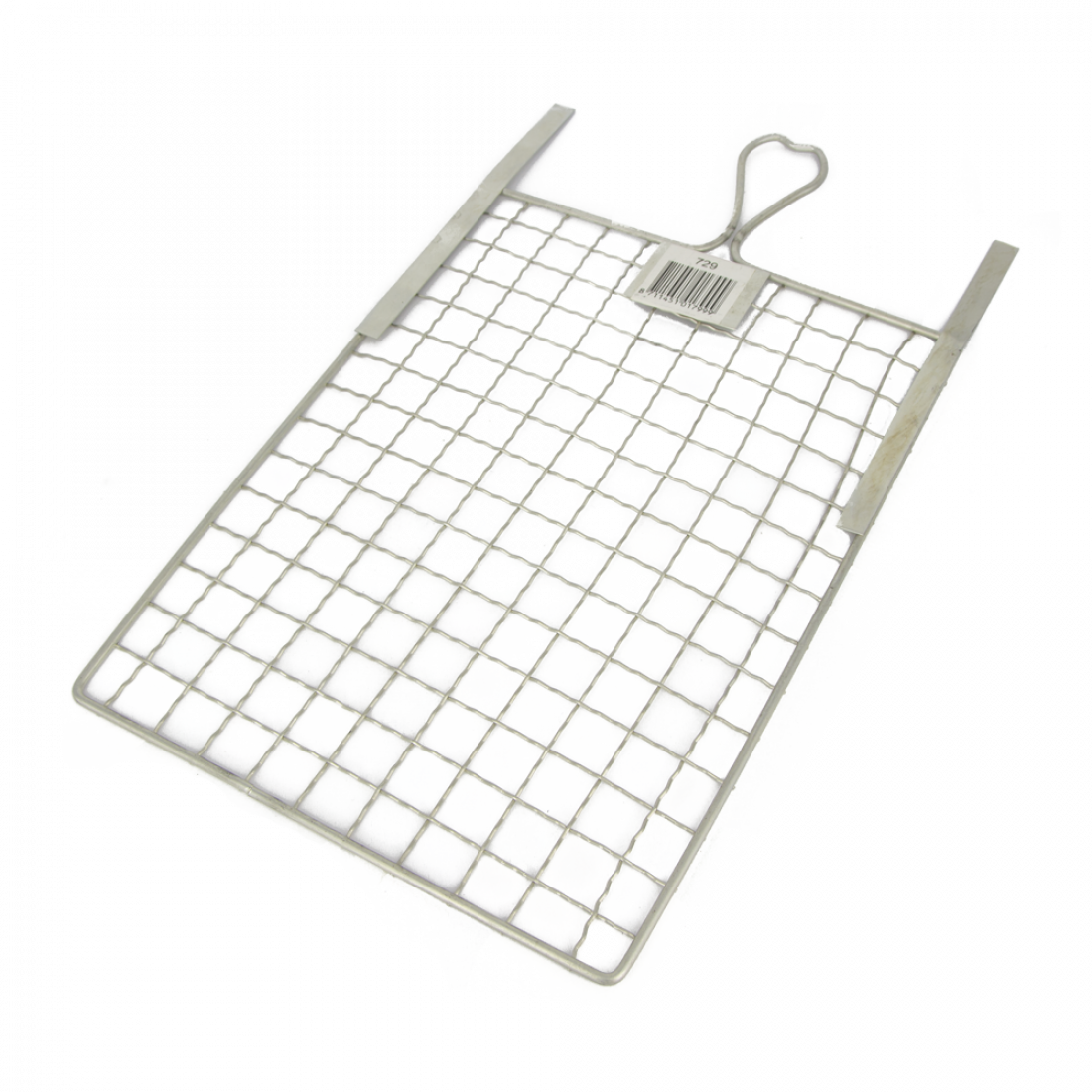

Select the GameObject(s) you want to align to the grid. To align a GameObject on all axes at once: Align Selection to Grid section of the Grid and Snap window In the Align Selected section, click the X, Y, or Z button that matches the axis you want to push to. More info See in Glossary, open the grid snapping drop-down menu ( ). In the Grid and Snap Overlays toolbar A row of buttons and basic controls at the top of the Unity Editor that allows you to interact with the Editor in various ways (e.g. To align a GameObject to the closest point on a grid for a specific axis: You can align a GameObject to either the closest grid point on a single axis, or on all axes at once. Moving, rotating, and scaling in increments.This section provides information on how to perform these actions: Note: The settings on the Grid and Snap Overlay are global to all Scene views. Move grid to gizmo handle or back to origin Grid and Snap toolbar Overlay Grid and Snap toolbar Overlay Icon You can see which key combinations are assigned to these actions and use the Shortcuts Manager to customize them. Many of these actions support keyboard shortcuts. More info See in Glossary window (move it closer or farther).

You use the Scene View to select and position scenery, characters, cameras, lights, and all other types of Game Object. The position of the grid in the Scene view An interactive view into the world you are creating.How transparent or opaque the grid lines appear.The color of the grid lines themselves.The size of the grid (adjust the distance between the lines).

You can customize the grid in appearance and behavior by changing the following: If you need to change how much you are moving, rotating, or scaling, you can change the increment snap values.īy default, the grid is hidden, but you can make it visible and change which axis it appears along. You can also transform a GameObject in increments without aligning it with the gridlines.


 0 kommentar(er)
0 kommentar(er)
